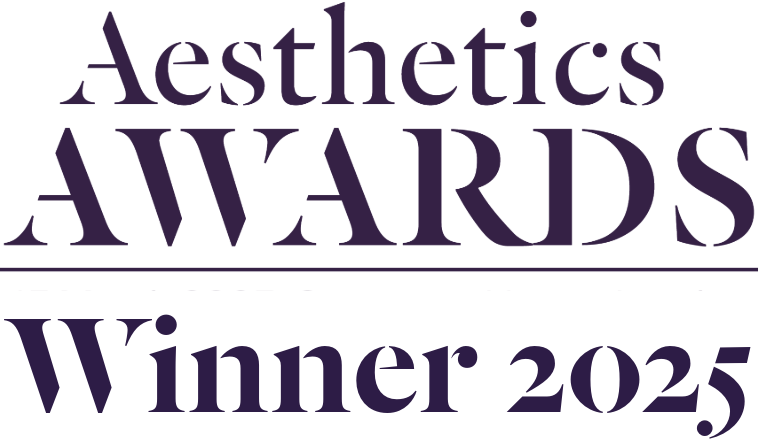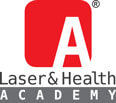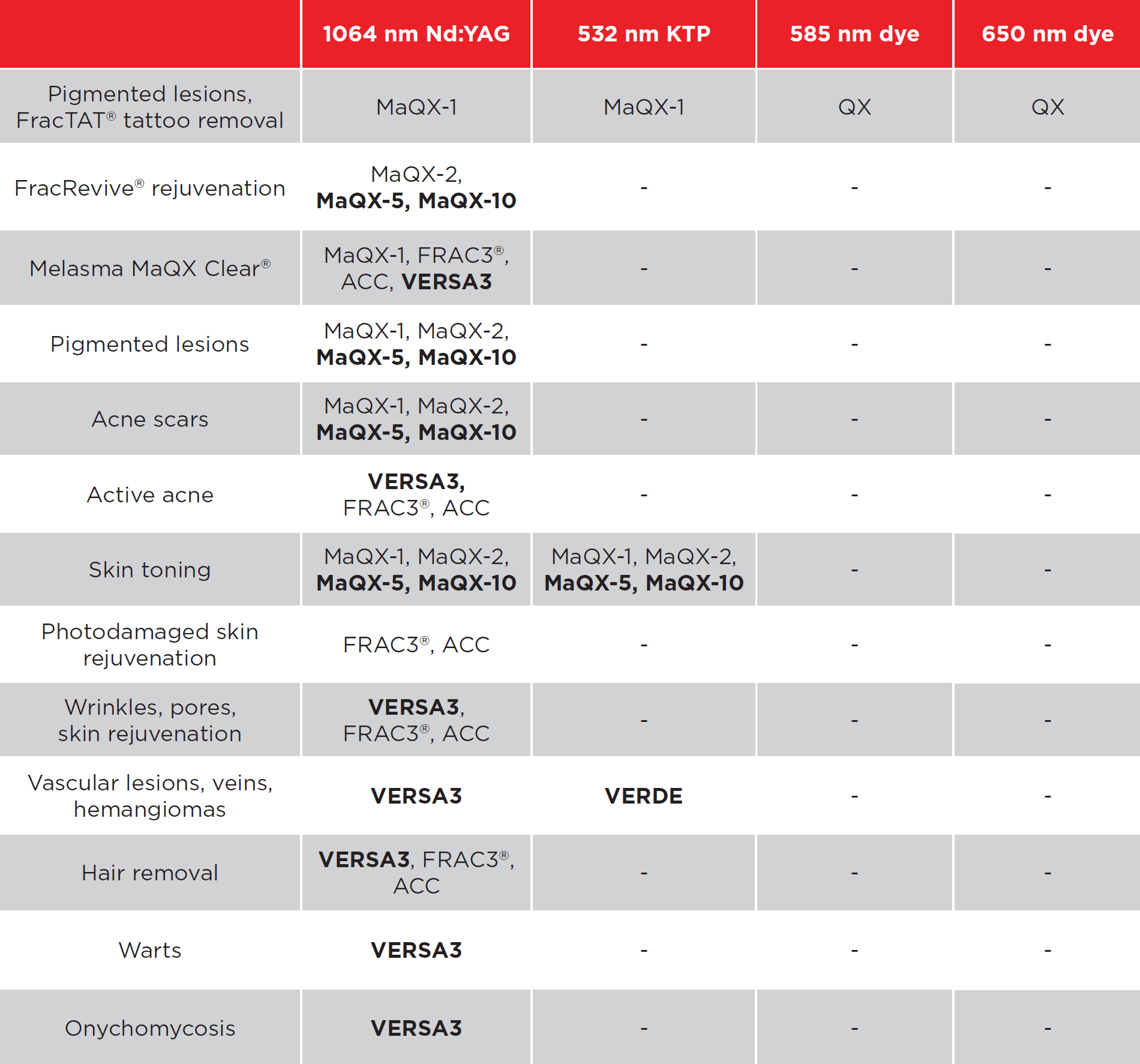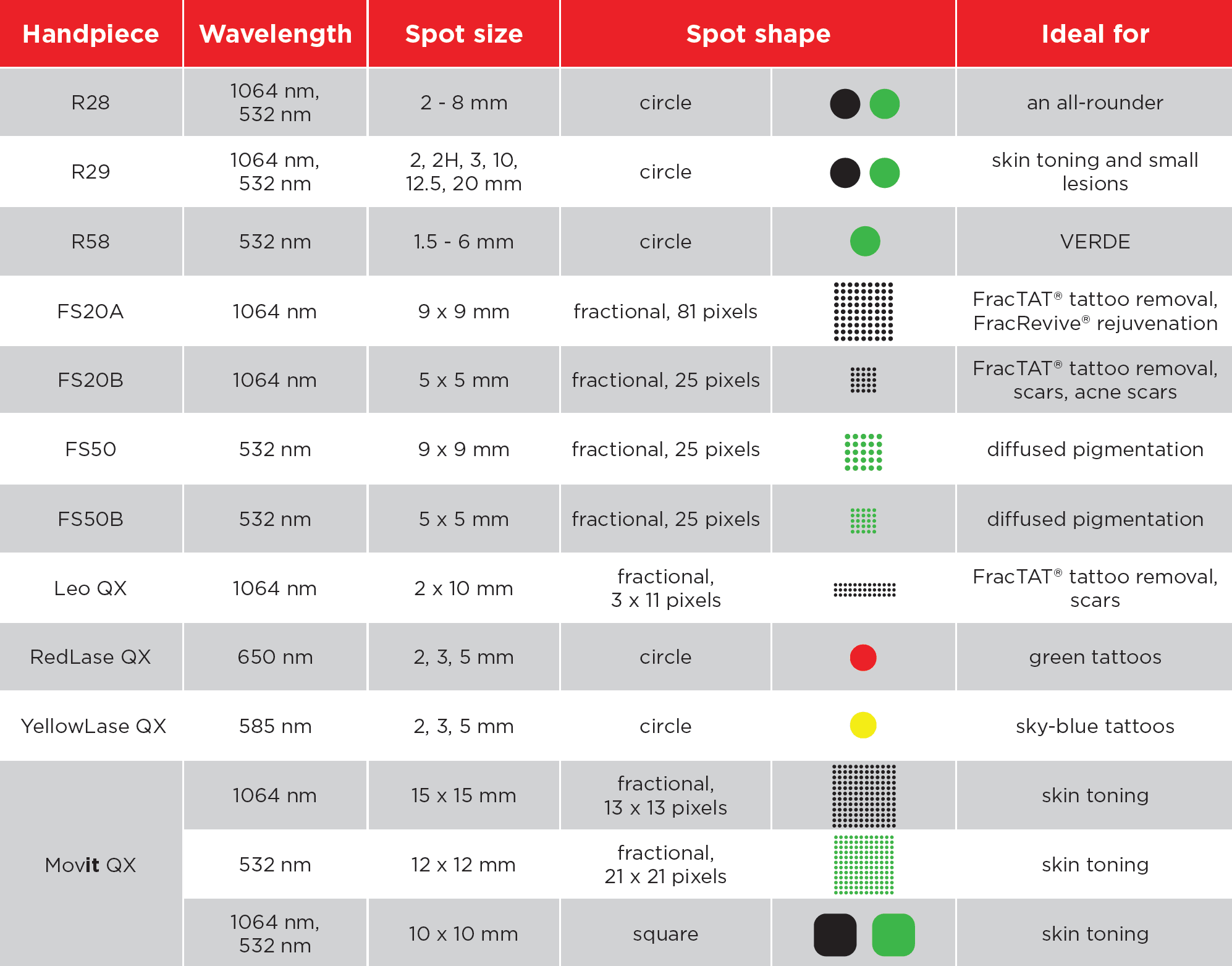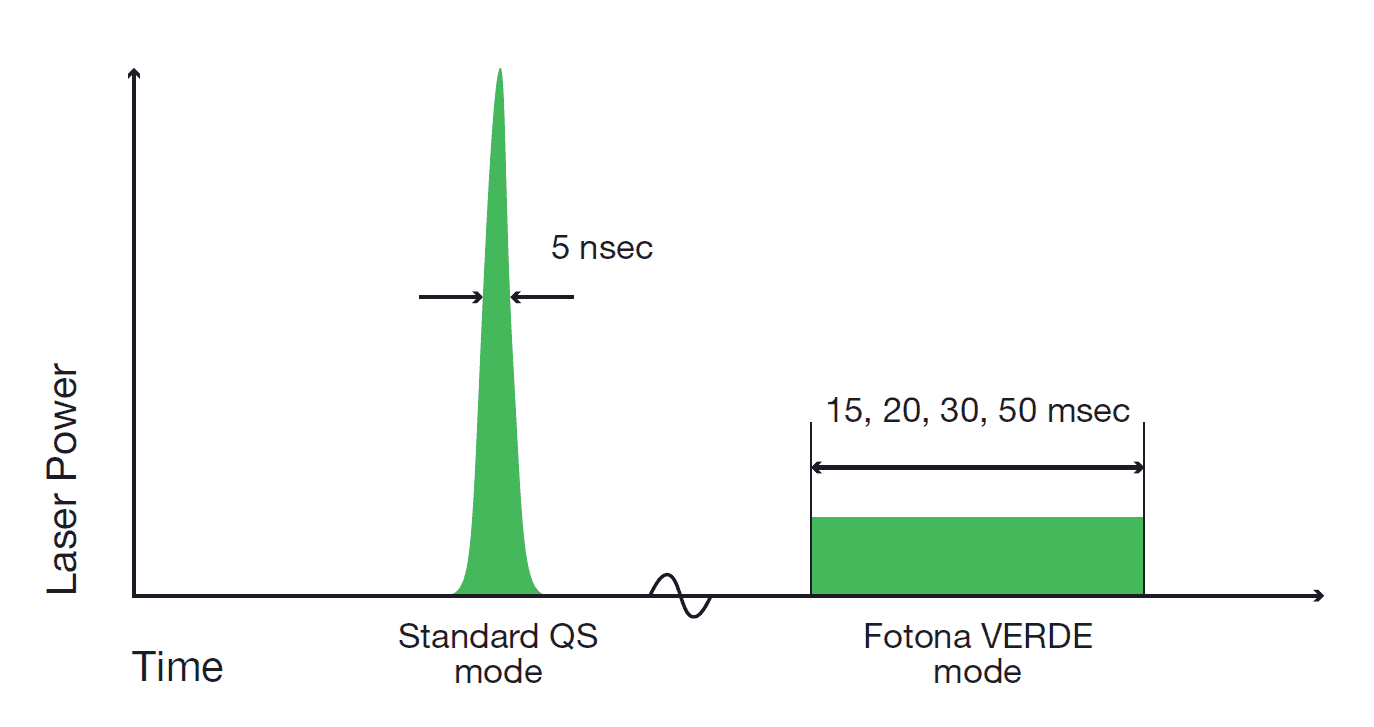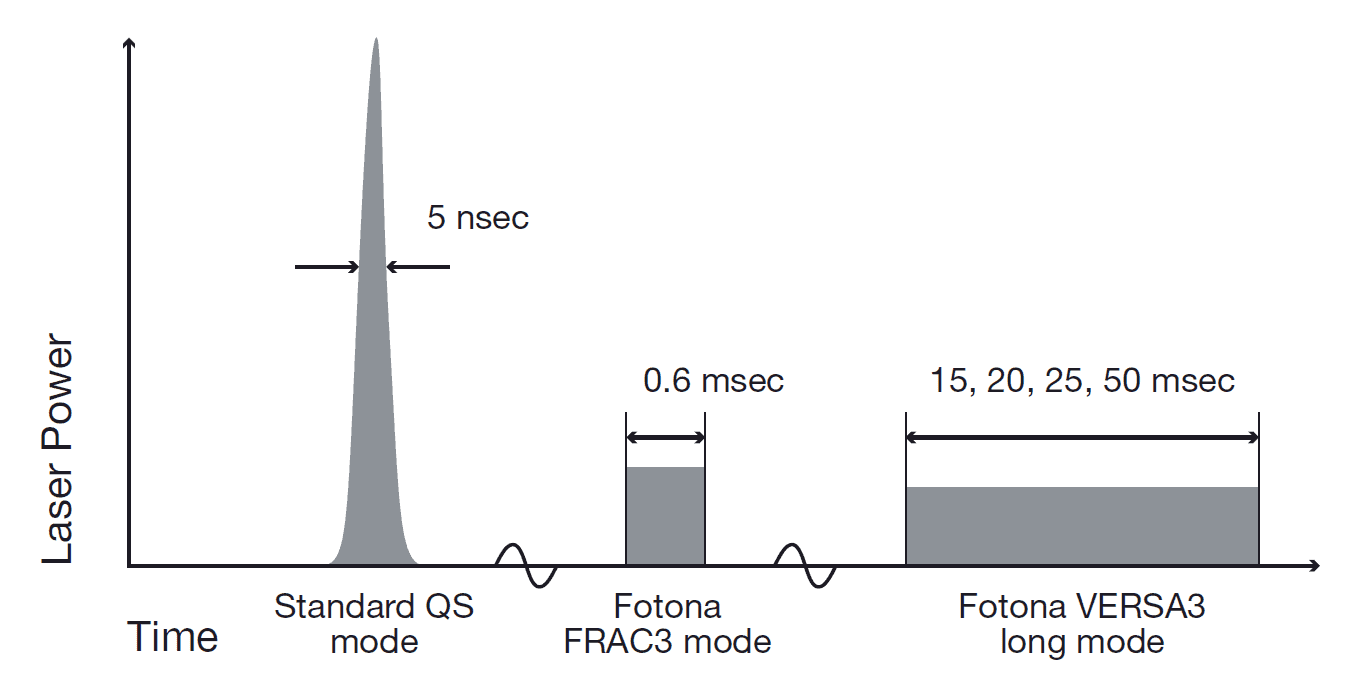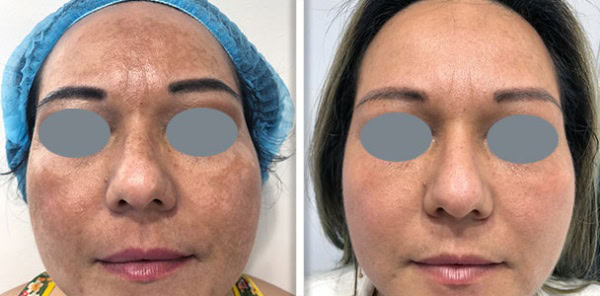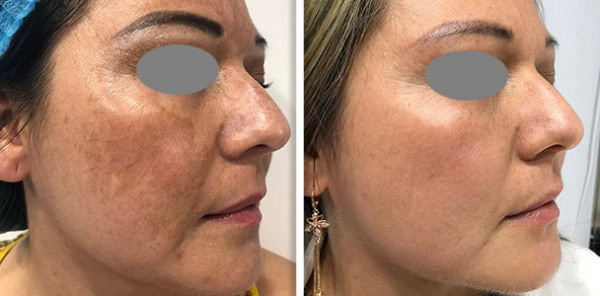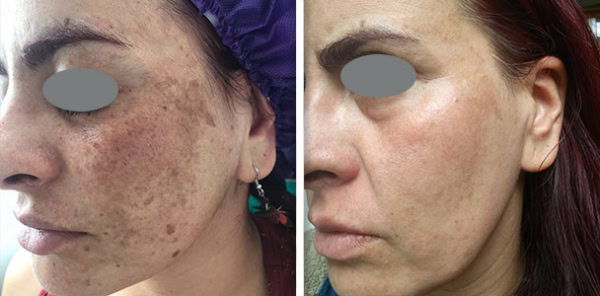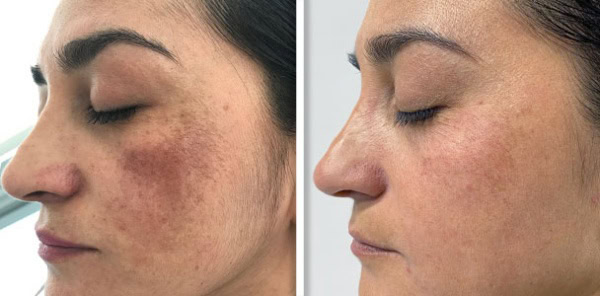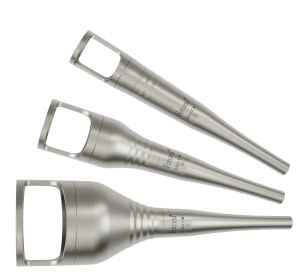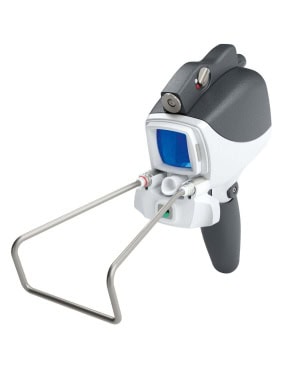In the world of modern healthcare, technology is constantly reshaping the way clinics and medical professionals deliver treatments. At the heart of many cutting-edge procedures lies the humble yet immensely powerful laser. Whether you’re running a well-established aesthetic clinic, a dental practice, or a multidisciplinary medical centre, purchasing a laser system can unlock a realm of new treatments for your patients. But with so many laser types, specifications, and regulatory considerations to weigh up, the journey towards owning one can feel labyrinthine.
Fear not! This blog has you covered. I’ll walk you through the essentials—from choosing the right wavelength, to ensuring compliance with UK regulations, to budgeting for ongoing training and maintenance. Along the way, I’ll pepper in real-world considerations to help you avoid those sneaky pitfalls. By the end, you’ll have a solid blueprint for navigating your laser purchase, setting yourself up for long-term success, and expanding the scope of what your clinic can offer. Let’s dive in!
1. Why Medical and Dental Lasers Have Become Essential
Medical and dental lasers are no longer optional, gimmicky add-ons. They’re integral to the modern clinical landscape. From minimally invasive cosmetic treatments to precision-focused dental procedures, lasers provide a versatile platform that can improve patient outcomes, shorten recovery times, and reduce treatment discomfort.
But let’s be frank: purchasing a laser is not like picking up stationery. It’s a serious investment that—if chosen wisely—can turbocharge your treatment portfolio and, in turn, your clinic’s reputation. Think of it like buying a new piece of diagnostic equipment or investing in a well-tailored suit: you’ll want something that looks good on paper but also fits your day-to-day operational realities.
1.1. Growing Demand for Laser-Based Treatments
Patients are more informed than ever. They hop online, research the latest procedures, and often look for clinics equipped with advanced technology. In aesthetics, lasers can be used for skin resurfacing, tattoo removal, hair removal, and more specialised treatments like vascular lesion reduction or stretch mark minimisation. In dentistry, lasers can assist in gum contouring, cavity preparation, and bacterial disinfection without the dreaded whir of a traditional drill.
This growing demand for laser-based treatments is driving clinics to invest in equipment that meets patient expectations. And it’s not just about being modern; lasers can genuinely transform the efficacy and comfort of many procedures, leading to better patient satisfaction (and far fewer squeamish faces in the waiting room).
1.2. The Business Case for Investing in Lasers
Let’s address the financial elephant in the room. Medical and dental lasers require a significant outlay, often costing anywhere from a few thousand pounds up to five or six figures, depending on the model and brand. However, the right laser can pay for itself multiple times over, thanks to:
- Enhanced Treatment Offerings: Expanding your service menu allows you to attract a broader patient base. Laser hair removal alone can be a substantial revenue driver, for instance.
- Improved Patient Throughput: Certain laser procedures can be performed faster than conventional treatments, letting you see more patients in the same amount of time.
- Reduced Consumables: Many laser-based treatments require fewer consumable materials compared to their non-laser counterparts (e.g., fewer disposables or chemicals).
- Premium Pricing: As a high-tech offering, laser procedures often command higher fees, reflecting the level of skill and investment involved.
When viewed through a return-on-investment (ROI) lens, a laser purchase can be a game-changer. Sure, you’ll need to do your sums, but a carefully chosen system can be one of the most lucrative assets your clinic acquires.
2. The Basics of Laser Technology
Before you decide which laser device to invest in, it’s crucial to have a grasp of the fundamental terms and concepts that shape laser technology. While it might feel a bit like revisiting your school physics lessons, a quick refresher can make the difference between a savvy purchase and one that leaves you scratching your head.
2.1. Understanding Wavelengths and Beam Types
Lasers are categorised by their wavelengths, measured in nanometres (nm). Each wavelength interacts with tissue differently, affecting the depth of penetration, heat absorption, and overall treatment effectiveness. For example:
- CO2 Lasers (around 10,600 nm): Commonly used in skin resurfacing and surgical cutting. They excel at ablating the top layers of skin, making them ideal for more aggressive rejuvenation.
- Nd:YAG Lasers (e.g., 1064 nm): Frequently used for tattoo removal, vascular lesions, and hair removal on darker skin tones. This wavelength penetrates deeper and is absorbed by darker pigments.
- Er:YAG Lasers (2,940 nm): Known for precise ablative capabilities with less thermal damage to surrounding tissues, useful for skin resurfacing and dental hard tissue procedures.
- Diode Lasers (varied wavelengths such as 810 nm, 940 nm, 980 nm): Often used for hair removal, soft tissue dental procedures, and minor vascular work. They’re typically compact and cost-effective.
Equally, beam types differ. Some lasers deliver continuous waves, while others deliver pulsed or quasi-continuous beams. Pulsed lasers, for instance, can deliver high peak power in short bursts, minimising heat build-up and tissue damage.
2.2. Key Components of a Laser System
Laser systems are more than just beams of light. Key components typically include:
- Laser Source: The engine that generates the laser beam.
- Delivery System: This could be articulated arms, fibre-optic cables, or handpieces that direct the laser to the target tissue.
- Cooling Mechanism: Medical and dental procedures often require cooling to protect surrounding tissues and improve patient comfort.
- Control Panel/Interface: A user-friendly interface can significantly streamline your workflow.
- Safety Features: These include protective eyewear, warning indicators, and emergency shutoff mechanisms.
Understanding these components is vital. They impact maintenance costs, ease of use, and overall functionality. If you plan to offer a range of treatments, look for modular systems that allow you to swap out handpieces or add features down the line.
3. Regulatory and Safety Considerations in the UK
The UK has strict regulations surrounding the use of medical lasers—quite right, too, considering their power. Before you bring any device into your clinic, ensure you’re fully up to speed with compliance requirements.
3.1. MHRA Approval and CE Marking
If you plan to use a medical laser device in the UK, the Medical and Healthcare products Regulatory Agency (MHRA) will likely have guidelines or approvals in place. You also want to ensure your chosen laser bears a CE mark, indicating it meets the necessary safety standards. Post-Brexit, the UK Conformity Assessed (UKCA) marking is gradually replacing the CE mark for certain products, so always double-check you’re up to date with the latest guidance.
3.2. Local Authority Registration
Some local councils in England require clinics that offer laser treatments to be registered or licensed. Regulations vary by region, so check with your local authority for the specific steps needed. You might need to demonstrate compliance with health and safety practices, undergo inspections, and provide documentation on staff training.
3.3. Laser Protection Adviser (LPA) and Training
A Laser Protection Adviser (LPA) is often required by law to assist clinics in setting up safe systems of work. They’ll assess your premises, provide guidance on personal protective equipment (PPE), and ensure you have well-documented risk assessments and protocols. Additionally, any staff who use the laser should undergo formal training, both to comply with regulations and to ensure optimum treatment outcomes.
These regulatory steps aren’t just hoops to jump through; they safeguard your patients and your clinic. Being compliant fosters trust in your services, reassuring prospective patients that they’re in responsible hands.
4. Different Types of Laser Treatments Your Clinic Could Offer
A single laser device can unlock a range of revenue streams—provided you choose wisely. Below are some popular procedures that can be performed using specialised laser devices. Think of these as potential add-ons to your existing service portfolio.
4.1. Aesthetic Treatments
- Laser Hair Removal: One of the most sought-after treatments. Effective on various skin types, though certain wavelengths may be better suited to particular complexions.
- Skin Resurfacing: Ideal for tackling fine lines, wrinkles, and scars. Ablative lasers (like CO2 and Er:YAG) and non-ablative lasers (like certain fractional lasers) each have their pros and cons.
- Pigment Removal: Whether it’s sunspots, age spots, or tattoo ink, specific laser wavelengths target unwanted pigments and break them down for the body’s immune system to clear.
- Vascular Lesions: Nd:YAG lasers excel at treating spider veins and similar vascular conditions.
4.2. Dental Procedures
- Gum Contouring: Diode lasers can sculpt gum lines, providing an aesthetically pleasing smile without the scalpel.
- Cavity Preparation: Er:YAG and Er,Cr:YSGG lasers can remove decay with minimal discomfort.
- Periodontal Therapy: Lasers can help decontaminate periodontal pockets and promote healing.
- Soft Tissue Surgery: Useful for frenectomies, biopsies, and lesion removal with reduced bleeding.
4.3. Surgical and Dermatological Applications
- Laser Lipolysis: A minimally invasive procedure targeting stubborn fat deposits.
- Scar Revision: Precisely ablate or remodel scar tissue to reduce visibility and improve texture.
- Wound Healing and Tissue Regeneration: Low-level laser therapy (LLLT) can stimulate cellular healing and reduce inflammation.
The breadth of procedures you can offer depends on the versatility of the laser system. If you’re an aesthetic clinic branching into dental procedures, or a dental practice wanting to add some facial aesthetics, consider cross-specialty lasers that can handle multiple applications. It might cost more upfront, but it can dramatically expand your revenue streams.
5. How to Choose the Right Laser for Your Clinic
Selecting the ideal laser feels a bit like picking a partner for a ballroom dance competition. You want someone who can match your pace, adapt to different styles, and generally not step on your toes. So, how do you ensure you pick the right ‘partner’?
5.1. Assess Your Clinical Needs and Patient Demographics
Start by considering the treatments you already offer, the conditions you want to address, and the demographic profile of your patients. For instance, if a large portion of your clientele has darker skin tones, ensure the laser wavelength is safe and effective for them (e.g., Nd:YAG for hair removal). Or, if you run a dental practice that regularly performs gum surgeries, a diode laser might be high on your wishlist.
5.2. Budget, ROI, and Finance Options
It’s no secret that lasers can cost a small fortune. However, many suppliers offer leasing or finance options that allow you to spread the cost over a manageable period. This approach helps you retain working capital for other areas of your clinic. Run the numbers:
- Capital Outlay vs. Monthly Repayments: Will the projected new treatments and patient volume cover the payments?
- Maintenance and Consumables: Factor in warranty periods, service contracts, and any consumable costs (like tips or fibre cables).
- Profit Margins: Estimate potential fees for each procedure and how many treatments you’d need to break even.
5.3. Brand Reputation and Supplier Support
The laser market is crowded. You’ll find everything from established brands with decades of clinical research under their belts to smaller players offering cheaper systems. In healthcare, reliability is king. Look at factors like:
- Clinical Evidence: Has the device been studied in peer-reviewed journals?
- After-Sales Support: What’s the turnaround time for repairs? Is there on-site training? Will they provide marketing materials or patient information packs?
- User Feedback: Read reviews from real-world practitioners. Ask peers in your network for honest opinions.
Purchasing from a reputable supplier might cost more initially, but can save you headaches—and unplanned downtime—in the long run.
6. Training and Certification: Ensuring Proper Usage
Even the most advanced laser is only as good as the person wielding it. Adequate training isn’t just a regulatory requirement; it’s a business necessity. After all, if staff don’t know how to operate the laser safely and effectively, you risk poor treatment outcomes and potential legal liabilities.
6.1. In-House vs. External Training
- In-House Training: Laser suppliers often provide on-site training tailored to your specific device. This is especially helpful if you have multiple practitioners needing to get up to speed quickly.
- External Courses: Professional bodies and accredited institutions run laser courses that delve into theory, best practices, and hands-on demonstrations. These often result in recognised certifications, which can boost patient confidence.
6.2. Ongoing Learning
Laser technology evolves rapidly. New techniques, updated safety protocols, and fresh clinical applications appear regularly. Encourage your staff to pursue ongoing professional development—webinars, refresher courses, or even user forums where they can share case studies and troubleshooting tips. This constant learning ensures you keep pace with new procedures and maintain consistently high standards in patient care.
7. Implementation: How to Seamlessly Integrate a Laser into Your Practice
You’ve done the research. You’ve chosen your laser. The financing is sorted, and you’ve passed the relevant regulatory checks. Now comes the final phase: integrating the device into your day-to-day operations.
7.1. Room Setup and Safety Measures
Laser procedures generally require a dedicated, well-ventilated room, plus:
- Warning Signs: Visible outside the treatment room to indicate laser in use.
- Laser-Safe Windows or Barriers: If your room has windows, ensure they’re fitted with appropriate protective covers or blinds.
- Protective Eyewear: Specific to your laser’s wavelength for staff and patients.
- Smoke Evacuation System (if needed): Laser plume can contain harmful substances, so proper ventilation or a dedicated plume extractor is crucial.
Work closely with your Laser Protection Adviser to set up safe protocols. This minimises the risk of accidental exposure and helps everyone feel at ease.
7.2. Workflow Integration
When introducing new treatments, it’s wise to do so gradually. Let your staff get comfortable with the machine in a controlled environment. Schedule extra time for appointments initially, so there’s room for troubleshooting or questions. As confidence grows, you can streamline appointment slots to match normal clinic flow.
7.3. Marketing and Patient Communication
To truly capitalise on your investment, shout about it (in the right way, of course!). Add a new treatments page to your website, post before-and-after shots on social media (with patient consent), and emphasise the benefits—shorter treatment times, less discomfort, fantastic outcomes. You can also:
- Offer Launch Discounts: Attract new clients or entice existing patients to try your new laser treatments.
- Run Educational Seminars: Invite the public to an open day or webinar where you explain the science behind your laser and showcase its capabilities.
- Email Campaigns: Send out carefully crafted emails to existing patients, highlighting the conditions the laser can address.
Your marketing strategy should focus on patient education, clarifying how laser treatments differ from (and often improve upon) traditional methods.
8. Maintenance, Servicing, and Longevity
A high-quality laser, maintained diligently, can serve you for years. Think of it like a car: regular servicing helps keep it running smoothly and prevents costly breakdowns.
8.1. Service Contracts and Warranties
Most reputable suppliers offer service contracts that include routine maintenance, software updates, and repair coverage. While this does add a monthly or annual cost, it can save you a fortune in unscheduled downtime and expensive repairs. Make sure you’re clear on:
- Coverage Period: Is it one year? Two years? More?
- Response Time: How quickly can a technician get to you if something goes wrong?
- Parts Replacement: Are spare parts readily available?
8.2. Daily Upkeep and Care
Simple daily tasks can prolong the life of your laser:
- Clean the Handpiece: Residue from procedures can build up, affecting performance.
- Check Cooling Systems: Ensure coolant levels or air filters are within recommended limits.
- Inspect Cables and Connections: Prevent accidental damage or degraded performance.
- Record Usage: Keep a usage log. This helps track when parts may need replacing and demonstrates compliance if you face a regulatory audit.
9. Measuring Success and ROI: Is Your Laser Earning Its Keep?
After all the upfront investment and training, you’ll want to keep track of how well your laser is performing. ROI tracking isn’t just a financial exercise—it’s a strategic one.
9.1. Financial Metrics
Calculate how many procedures you perform per month and multiply that by your fee. Subtract consumables and maintenance costs, and you’ll have a rough idea of monthly profit from laser services. Compare this against your financing or leasing payments. If the result is positive, congratulations! You’ve got a successful revenue stream on your hands.
9.2. Patient Feedback and Retention
Money aside, don’t forget the intangible benefits:
- Patient Satisfaction: Are patients happier? Are they leaving positive reviews online?
- Referral Rates: Satisfied patients talk, and word-of-mouth marketing is priceless.
- Retention: Offering advanced laser treatments can set you apart from competitors, encouraging patients to stick with your clinic for future needs.
If you find that patient uptake is low, reconsider your marketing strategy or poll existing clients to see if there’s a gap in awareness. Sometimes a minor tweak—like displaying a poster in your waiting room or adding a quick mention during consultations—can boost interest dramatically.
10. Common Pitfalls and How to Avoid Them
No one wants to learn from expensive mistakes. Here are some common pitfalls clinic owners encounter when buying a medical or dental laser—and how you can avoid them:
- Underestimating Training Requirements: Don’t skimp on staff education.
- Ignoring After-Sales Support: A cheap laser with poor support can become a costly paperweight if it breaks down.
- Lack of Clear Marketing Strategy: If patients don’t know about your new treatment, they won’t book.
- Overlooking Regulatory Compliance: Failing inspections can lead to fines or forced closure—definitely something to avoid.
- Buying a Laser Without Enough Clinical Evidence: Always verify that there’s solid research backing the efficacy of the device for your intended procedures.
11. Future Trends and the Expanding Role of Laser Technology
Laser technology doesn’t stand still—far from it! As research progresses, lasers continue to push into new treatment realms. Expect to see:
- Multi-Wavelength Platforms: Systems that combine multiple laser sources in one device, offering a range of treatments without multiple machines.
- Fractional Lasers with Fewer Side Effects: Innovations that reduce downtime while delivering impressive results.
- Combined Modalities: Some devices now incorporate laser energy with other forms of therapy, like radiofrequency or ultrasound, for synergistic benefits.
- AI-Assisted Treatment Parameters: Though still in the early stages, software-driven systems may soon help fine-tune settings based on skin type or tissue response, making treatments more personalised.
By staying informed of these trends, you can anticipate what patients might be asking for in a few years and keep your clinic at the forefront of technology.
Conclusion: Charting Your Path to Laser Ownership
Purchasing a medical or dental laser is a monumental decision for any clinic owner or medical professional. It’s not just about cost and specs—it’s about transforming your service offerings, enriching patient experiences, and staying at the cutting edge (or, more accurately, the cutting beam) of modern healthcare.
Remember the key steps:
- Clarify Your Treatment Goals: Know exactly what you want the laser to accomplish.
- Do Your Homework: Research wavelengths, review clinical evidence, and speak with trusted peers.
- Check Regulatory Boxes: Compliance is non-negotiable in the UK.
- Invest in Training: Knowledgeable staff deliver better outcomes and patient satisfaction.
- Plan for Maintenance: A well-serviced laser lasts longer and maintains consistent performance.
- Market It Effectively: Make sure your patients know you offer state-of-the-art laser treatments.
If everything aligns, you’ll have a new cornerstone of your practice. One that boosts your clinic’s reputation drives additional revenue, and even makes your daily operations feel a bit more futuristic. In a world where patient expectations continue to rise, investing in the right laser device can be the edge that sets you apart. And who knows—your clinic might soon be the talk of the town for those advanced, laser-precise results!
